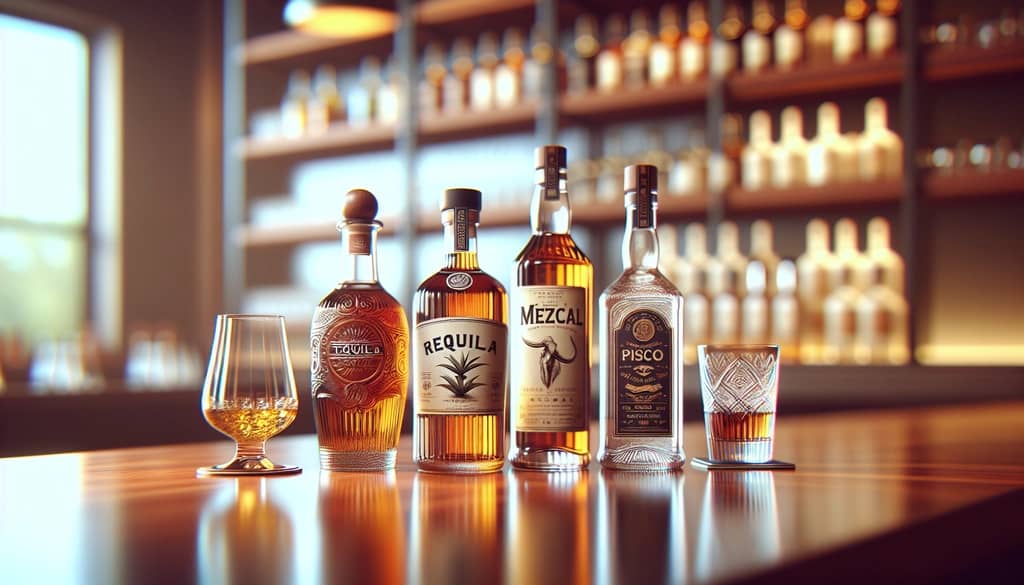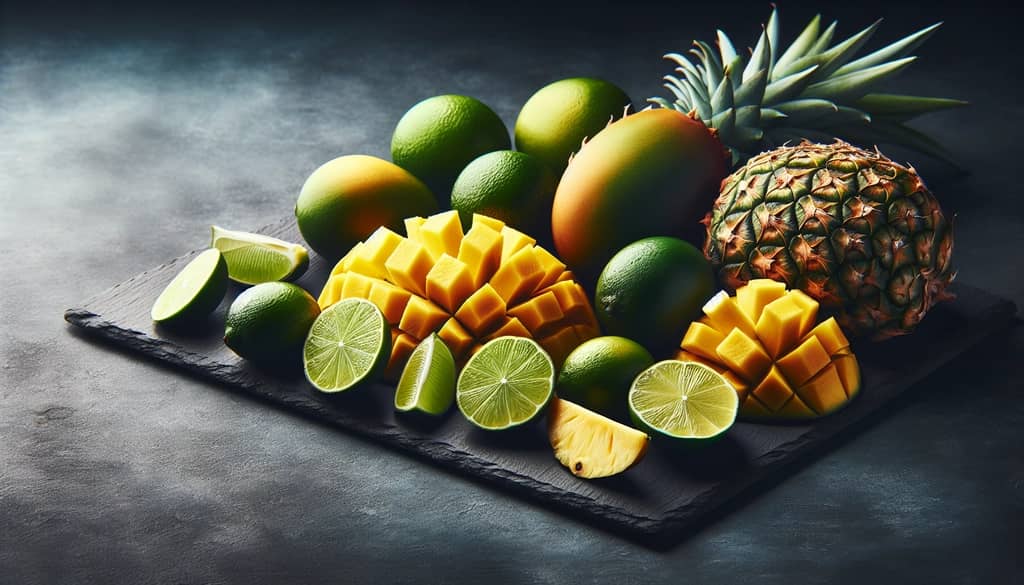Updated on: 6/3/2025
Essential Ingredients in Latin American Cocktails

Latin American cocktails draw on a vibrant range of spirits, fresh produce, and regional botanicals, resulting in drinks that are lively, refreshing, and deeply connected to their local traditions. Understanding the key ingredients used across these diverse countries lets you capture authentic flavors—whether you’re mixing a classic Mojito, a bold Margarita, or something more adventurous.
Signature Spirits: The Distilled Heart
- Tequila: The soul of Mexican cocktails; usually made from blue agave and central to drinks like the Margarita and Paloma.
- Mezcal: Smokier cousin to tequila, produced from various agave species, lending earthy depth to modern and classic recipes.
- Rum: Defines Caribbean and South American tipples—look for light rum in Mojitos, dark rum in punches, and aged varieties for sipping.
- Pisco: A grape brandy at the heart of Peru and Chile’s iconic cocktails, most famously the Pisco Sour.
Citrus and Fresh Produce: Bright, Bold Flavors
Acidic notes and vibrant fruits define much of Latin American cocktail tradition, providing balance and refreshment amidst the heat.
- Lime: The primary souring agent—used in everything from Caipirinhas to Daiquiris; always squeeze fresh for the real flavor.
- Lemon: Common in Pisco Sours and some Mexican recipes; best used when a softer citrus note is needed.
- Orange (juice or peel): Adds sweetness and complexity, often as a twist or in punches.
- Pineapple: Brings tropical acidity and sweetness—think Piña Colada, or fresh pineapple muddled in rum drinks.
- Passion fruit and mango: Popular in both classic and modern Latin cocktails for their intense aroma and color.

Sweeteners, Herbs, and Other Flavor Essentials
- Sugar and simple syrup: For balance—white granulated sugar in Caipirinhas, brown sugar in Mojitos, or clear syrup for easy blending.
- Agave syrup: A natural sweetener that keeps the flavors of tequila cocktails pure and rounded.
- Mint: Central to Mojitos and Juleps—use fresh leaves and bruise gently to release aroma without bitterness.
- Chili and spices: Adds gentle warmth or fiery heat, sometimes as an infused syrup, dash of bitters, or chili-salt rim.

Tropical Touches and Local Traditions
Regional fruits such as guava, tamarind, coconut, or even corn (as in atole-based drinks) appear throughout Latin America, especially in house specialties or seasonal drinks. Bitters, flavored liqueurs, and house infusions often round out the flavor profiles, making every cocktail distinct to its terroir and bartender’s style.